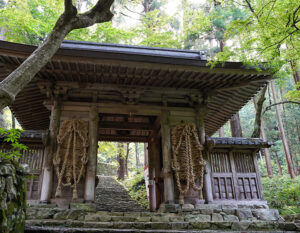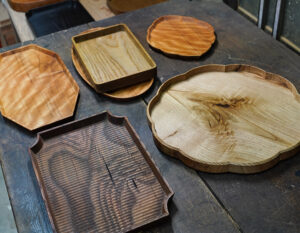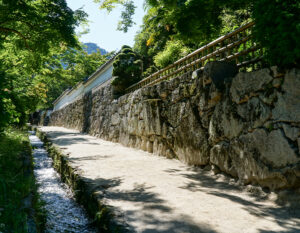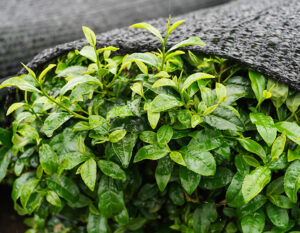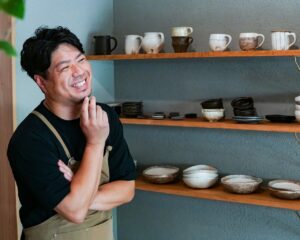Nakagawa Kazubento, the head of “Kumoi Kiln,” an earthenware pot artist in Shigaraki, has a reputation for creating one-of-a-kind earthenware pots. He has been able to meet the impossible requests of top chefs with his flexible ideas backed up by his experience. Using Shigaraki clay, which has been stored in a stone chamber for decades and has never been seen outside of Shigaraki, he creates the “ultimate earthenware pot” that combines unparalleled durability and delicious taste.
40 years dedicated to earthenware pots
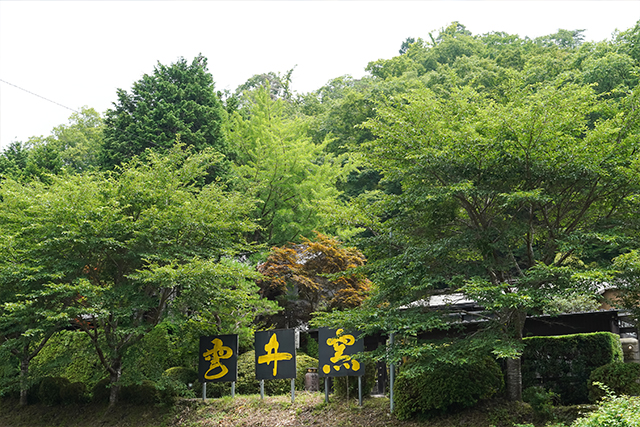
Mr. Nakagawa is one of Japan’s leading earthenware pot makers. He has been making earthenware pots mainly for commercial use at the request of top chefs from all over Japan, including high-class restaurants and hotels. He has been making earthenware pots mainly for commercial use at the request of top chefs from all over Japan, including high-class restaurants and hotels. It is no mean feat to respond to such difficult orders. He has been making earthenware pots for 40 years. In his long journey, he has created a variety of ” ultimate earthenware pots.
Shigaraki is blessed with clay soil.
Unoi Kiln is a long-established kiln located in Shigaraki Town, Koka City, Shiga Prefecture, which is known as a pottery production center. Its history is long, having been founded in Kyoto in 1980. After the war, the kiln was built in the former village of Kumoi in Shigaraki and named “Kumoi Kiln.
Shigaraki was the bottom of Lake Biwa four million years ago. That is why there is abundant clay soil suitable for pottery,” says Nakagawa. Blessed with high-quality clay, Shigaraki has been recognized as one of the six oldest kilns in Japan and a Japanese Heritage site.
Until his father’s generation, Shigaraki was producing pottery such as tea bowls and plates, but in the 1950s, when Mr. Nakagawa took over the business, he began making earthenware pots specifically for commercial use.
Earthenware pots originated from “suppon pots
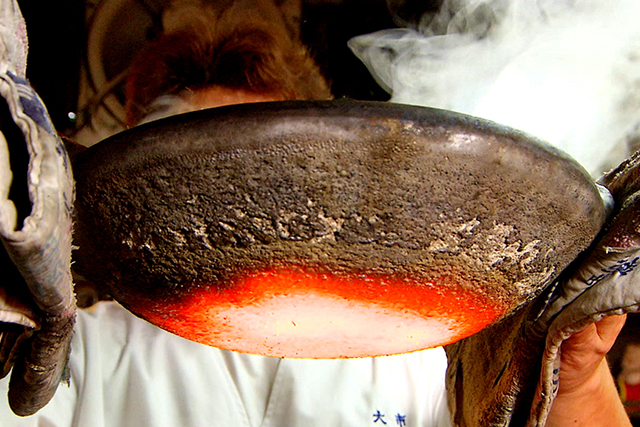
What prompted Mr. Nakagawa to devote himself to earthenware pots was a request from “Daiichi,” the best suppon restaurant in Japan, located in Kyoto City. Since suppon pots are cooked all at once at a high temperature of 1,600°C, they must be strong enough to withstand the heat. Not only is it strong, but it must also absorb water. Mr. Horii, the owner of the restaurant at the time, told us, “What determines the taste of suppon nabe is 50% the quality of the ingredients and 50% the quality of the earthenware pot. The suppon broth soaks into the pot, and the more you use it, the more the flavor soaks in. That was the kind of earthenware pot that was sought after,” he said.
It took 20 years to reach a satisfactory earthenware pot, but the completed earthenware pot is called “a pot that breathes ” and is highly evaluated from various fields.
Mr. Aoyama, the 18th generation owner of Oichi, says, “Mr. Nakagawa’s earthenware pots are a treasure of Oichi. It is no exaggeration to say that Mr. Nakagawa’s “breathing pots” have supported the famous suppon restaurants.
Custom-made earthenware pots that grow with use
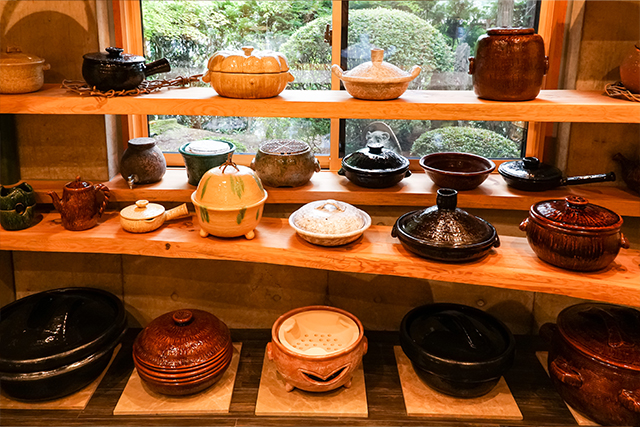
Mr. Nakagawa receives orders from numerous chefs, but no two earthenware pots are alike. Nakagawa showed me around his “pot room,” where some of the pots he has made to date were displayed. There was a yudofu pot in the shape of a colander, a blowfish pot in the shape of a parent and child, an induction steamer, and even an island kitchen made of ceramic. The pots and pans were a variety of colors and shapes, and just looking at them was an exciting and original experience. Nakagawa’s mischievous side can be seen in his unique sense of fun.
The pots and pans are not yet finished when we deliver them to the restaurant. Each restaurant has its own unique characteristics, such as the intensity of the fire and the way the broth soaks into the pot. Therefore, after being used many times, the pot finally grows into an earthenware pot that is unique to that restaurant. It is common for earthenware pots to break after a few years of daily use by professionals. However, Mr. Nakagawa’s earthenware pots usually last four to five years, and some even last more than 10 years. These earthenware pots are both durable enough to grow and beautiful enough to liven up a meal.
Gohan pots” for cooking delicious rice at home
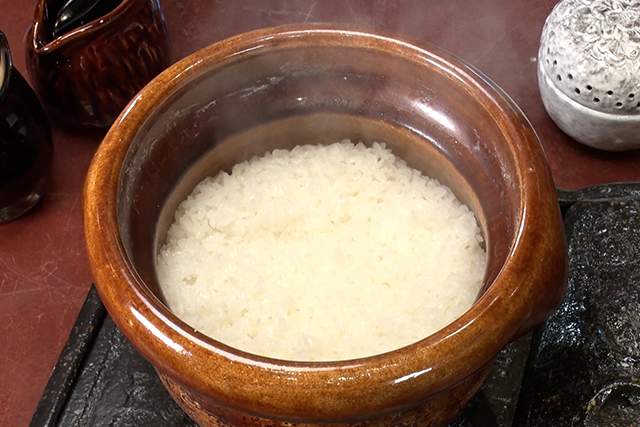
Gohan-nabe” is Nakagawa’s earthenware pot sold as an earthenware pot that can also be used at home. This earthenware pot was developed to cook delicious rice, and is available in sizes ranging from one and a half cups to five cups. The pot ‘s unique glossy color can be carried directly to the dining table and enjoyed for its beauty as a vessel.
The pots are made to order, so there is a three-month wait from order to delivery, but they are a popular product with uninterrupted orders.
Meticulous attention to thickness and shape
The thickness of the pot was carefully considered in order to cook delicious rice. The pot is two to three times thicker than a typical earthenware pot, allowing the rice to heat slowly and bring out the best flavor of the rice. The shape and weight of the lid were also pursued in order to create a small convection current of water in the earthenware pot and cook the rice in a fluffy manner.
Mr. Yoshihiro Murata, the owner of Kikunoi, a long-established ryotei (Japanese-style restaurant) in Kyoto, who uses this earthenware pot, said, “Mr. Nakagawa is a scientist. He calculates the size of the wings of the kettle. Mr. Nakagawa’s earthenware pots are the best for making delicious rice.
Earthenware rice cooking is surprisingly easy.
When used at home, the rice cooks well enough on a cassette stove. There is no need to adjust the heat precisely; all you need to remember is to cook over high heat for 10 minutes, then lower the heat for 10 minutes, and steam for 10 minutes.
Cooking is something to be enjoyed with all five senses. I want people to enjoy the steam and the sound of the rice steaming and spilling over,” says Nakagawa. When you cook rice on the table, the delicious smell will double your appetite.
The core of earthenware pots lies in the clay.
Earthenware pots produce flavorful dishes with a warm feel and excellent water absorbency that metal pots do not have. All of this is due to the clay used as the raw material.
Clay comes from the natural world. When I found good soil, I bought enough for a lifetime,” he says. The soil Mr. Nakagawa selects is stored in a stone chamber. Because extreme temperature differences can cause the soil to lose moisture, the soil is laid down in the stone chamber to ensure consistency and uniformity of density.
Clay so coarse that fingerprints disappear and the entire surface is glazed.
The molding of the earthenware pots is not a simple process. The clay is so coarse that it absorbs water, and the potter wears gloves when turning the spinning wheel. When the shaping process begins, the unique sound of the clay being sharpened is heard. Many potters rely on their fingertips to shape their work, but the sight of a potter spinning a potter’s wheel with his or her hands on the wheel is a rare occurrence.
Another of Nakagawa’s specialties is covering the entire surface of the pot with glaze, which gives it a beautiful sheen and color. The glaze extends all the way to the bottom of the pot, which enhances not only the beauty but also the durability of the pot.
Earthenware is a science. Careful calculations are also necessary.
The kiln is still in use, but the earthenware pots are fired in a state-of-the-art computer-controlled electric kiln that can control the temperature in 0.5-degree increments and fire the pots at temperatures of 1,200 degrees Celsius or higher.
Pottery doesn’t lie, so if you take shortcuts, it will show in your work,” he says. The most enjoyable part of the process is waiting for the finished pieces to be fired and seeing how they respond to my seriousness.
In this way, the earthenware pots are completed after three months of work.
Working with apprentices in a workshop where nature and resources are recycled
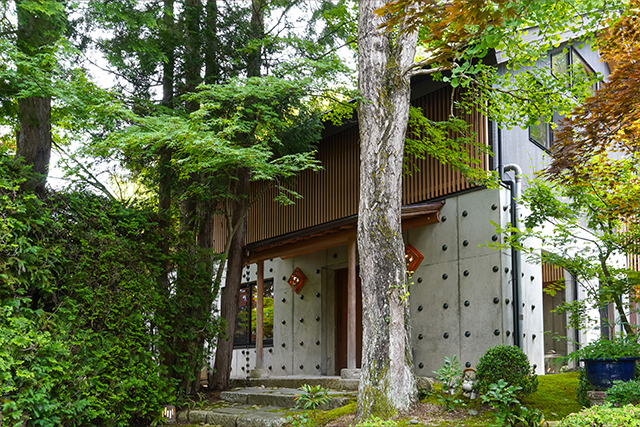
The gallery and workshop designed by Mr. Nakagawa has the elegant appearance of a luxury ryokan (Japanese inn). The building is a hybrid structure of RC and wood, with wood grown in Shigaraki, clay walls, bamboo, and rope used for the interior. This is because natural materials play a role in controlling temperature and humidity, which are indispensable for earthenware pot making. Exhaust heat from the kiln is used for floor heating. The company also uses solar power generation, aiming for zero CO2 emissions in the manufacturing process. Without the power of nature, my work would not be possible. I have created an environment that is comfortable for both people and the earth.
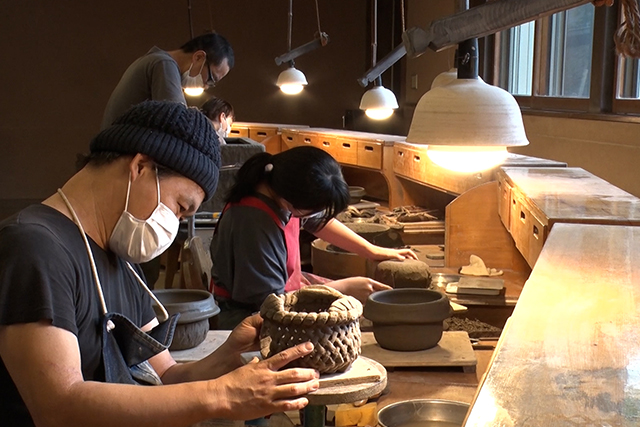
In such a workshop, about 10 apprentices are currently sharing the work. Some of them have over 23 years of training. They work hard to create earthenware pots as a team while engaging in friendly competition.
Spreading Wings to the World with Japanese Cuisine
In 2013, Japanese food was registered as a UNESCO World Intangible Cultural Heritage. With this, Japanese food ingredients and cooking techniques, as well as cooking utensils, are expected to attract worldwide attention. Just as Japanese food has been recognized around the world, Mr. Nakagawa’s earthenware pots may be recognized around the world, and new orders may come in for them.
It would be great to see Japan’s wonderful technology become known throughout the world,” Nakagawa said. For this to happen, Japanese people must learn more about Japanese culture and carefully pass it on to the next generation.
Nakagawa-san will continue to serve as the best “black boy” in the future.
Many chefs have praised Mr. Nakagawa’s earthenware pots, saying that their cooking would not be complete without them. He is also said to be a “black son” of cooking. Japanese cuisine is very deep, so I will continue to strive to create earthenware pots that bring out the best of each dish,” he says, remaining humble.
As a master chef’s mastermind, he will continue to take on the challenge of becoming the mastermind of Japanese cuisine that will spread its wings to the world.





